Punctuation can be complicated. With so many dots and dashes to use correctly, it’s easy to get confused! Understanding when to use a hyphen or dash in your writing can be particularly tricky.
So, which punctuation mark wins in the hyphen vs. dash race? Read our expert guide to know when to use hyphens or dashes. And, with these skills, you might even increase your essay word count with ease!
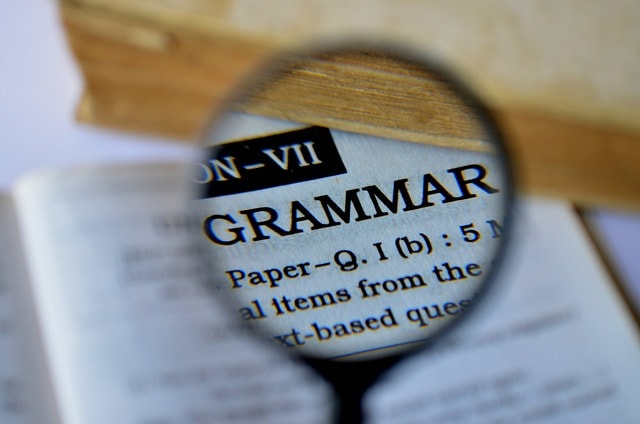
Sep 19, 2024 • 6 min read
Your Punctuation Marks Style Guide
How well do you know your punctuation marks and when to use hyphens and dashes? Let’s take a look at these symbols, as well as some lesser-used punctuation.
The Hyphen (-)
The hyphen (-) is used to join words. You might see a hyphen in someone’s name, joining either two first names or two surnames. But this single punctuation mark is more commonly used than you might think.
You’ll find the hyphen used to create compound words. This is when two words appear together to denote a single object or concept. They might be joined, open, or hyphenated.
Joined compound nouns include “playgroup” and “toothbrush.” “High school ” is an example of an open compound. Meanwhile, hyphenated compounds include the examples “well-being ” or “long-term. ”
You can also use a hyphen to separate compound modifiers, for example, “twelve-year-old boy. ” Or you’ll use a hyphen to write out figures, such as “sixty-five. ”
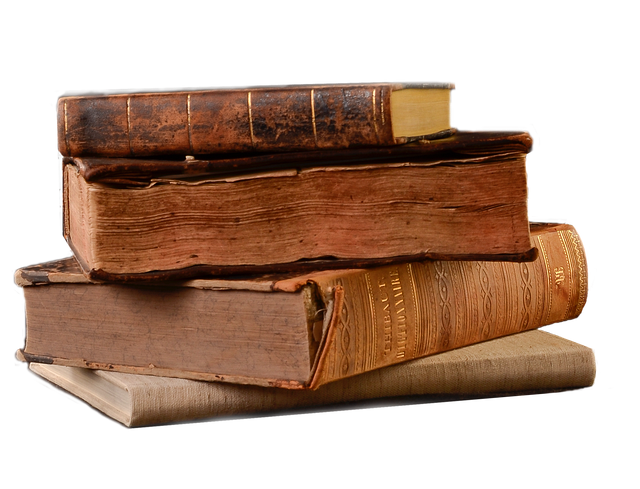
The Dash (–)
The dash is longer than a hyphen and is used to show a pause in your writing. But, punctuation is more complicated than that! The dash is split into two subcategories, the en dash and the em dash.
The en dash (–) is also called a super hyphen. It’s used when part of a compound modifier can’t easily contain a hyphen. So along comes the super hyphen!
This single punctuation mark is called an en dash because the dash should be as wide as a capitalized “N.”
An example of an en dash is used in the sentence “pre–World War I structures. ” Here, the phrase describes structures built before World War I. It’s important to note that there are no spaces on either side of the en dash.
The em dash (—) is an even wider punctuation mark, noted for being as wide as a capitalized “M.” This dash is used as a pause in your writing. It’s helpful to think of it as stronger than a comma, but less powerful than a period.
It’s helpful to see an example of this, such as “I looked out the window, and I saw her—my long lost friend.”
When To Use a Hyphen in Your Writing
Still wondering when to use a hyphen in your writing? Fear not! Let’s take a closer look.
When writing an outline for an essay, you don’t need to think about this sort of thing. However, while you’re writing, you might need to know where to use proper punctuation.
Remember that a hyphen links two or more words to make a compound word. Missing out the hyphen will change the meaning of a phrase.
Here are a few examples. You would use a hyphen to write “small-businessmen. ” You are stating that the men own small businesses. Without the hyphen, “small businessmen ” could mean that the businessmen are small.
But, there are exemptions when you should never use a hyphen. For example, if one of the words you want to join is “very.” Alternatively if one of the words ends in “ly” and is an adverb. You should also never use a hyphen for a pause or instead of the words “through” or “to.”
Hyphen vs. Em Dash in Formal Writing
In the battle between hyphen vs. em dash, the em dash wins for injecting pauses into formal writing!
Em dashes can create emphasis in your writing. They are a better choice than using a comma or a semicolon, particularly at the college level.
Here’s an example of the em dash in practice:
- The new teacher–who had a scared look on his face–entered the classroom.
You’ll note from the example above that no spaces appear on either side of each em dash. This is the preferred practice used by colleges.
Sometimes, you might find spaces before and after em dashes. But when creating your own essays, it’s best to omit gaps and spaces.
Em Dash vs. En Dash vs. Hyphen
Are you up to speed on your hyphens and dashes yet? Let’s recap what we’ve learned as we look at em dash vs. en dash vs. hyphen definitions:
- The em dash (—) is a stronger punctuation mark than a comma or a semicolon. It doesn’t replace a period, however.
- The en dash (–) is more like a hyphen than an em dash. It is sometimes labeled a “super hyphen” and is typically the width of a capitalized “N.”
- The hyphen (-) is used to join up and link words to make a compound word, such as “shop-owner.”
By the way, a hyphen can also show stuttering or stunted speech, which is great for transcripts.
How Can I Enter Hyphens and Dashes on the Keyboard?
Entering hyphens and dashes on your keyboard is simple. You’ve probably used the hyphen many times before. But do you know how to enter an en dash or an em dash?
Entering a Hyphen
A hyphen is the easiest single mark to enter on a keyboard. You’ll find the button immediately to the right of the number 0 on a QWERTY keyboard.
Entering an En Dash
How to enter an en dash on your keyboard will depend on the type of computer you’re using. The first option is to press the hyphen button twice. Many computers will close the gap between the two hyphens and create an en dash.
Alternatively:
- Enter ALT+1050 on a Windows computer.
- Press Opt+- on a Mac computer.
Entering an Em Dash
Entering an em dash on your computer requires similar methods to entering an en dash. First, press the hyphen button three times. If this method works, closing the gaps creates an em dash.
Other methods to try are to enter ALT+1051 on a Windows computer, or Opt+Shift+- on a Mac computer.
Join the Smodin Community and Improve Your Grammar and Writing Skills
Sometimes grammar rules and when to use the correct punctuation can be challenging to learn and remember, especially when you have lingering questions like “What’s the difference between the hyphen and dash punctuation marks?”
However, by joining the Smodin community you can learn more about the hyphen vs. dash phenomenon. We have so many educational resources for you to explore and help you produce great written work!
Take a look at Smodin.io and see how we can help you succeed and get top marks in your writing!
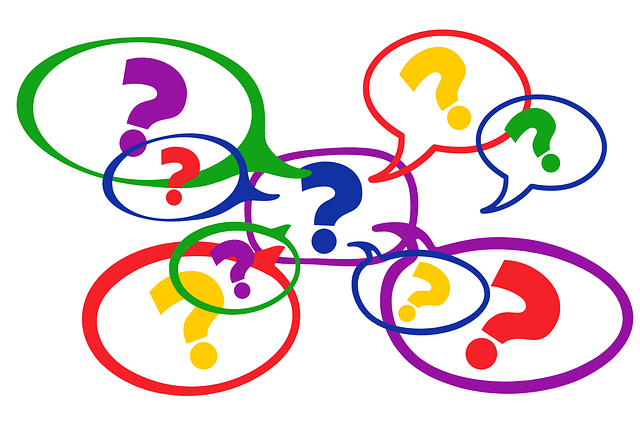
FAQs
Do two or more words make a compound word?
Yes, compound words are made up of two or more words to create a new phrase. You could create an open compound word where a gap is still present, as in “middle school.”
Or, make closed compound words with no gaps such as “toothpaste” and “toothbrush.” This makes a single word from two words.
You can also create hyphenated compound words such as “empty-handed” and “free-for-all.” It’s also possible to make a hyphenated compound adjective such as “cost-of-living.”
Should I use a hyphen or a dash in my writing?
It’s good practice to use hyphens and dashes in your writing. But use the correct punctuation mark for certain reasons. Remember, writing a short story is different from a personal statement, so punctuation may be used differently.
Generally, hyphens link words, en dashes link words that prove difficult to hyphenate, and em dashes replace commas.
Do I need to hyphenate numbers?
You’ll need to use a hyphen for most numbers from twenty-one to ninety-nine. Exceptions to this are the multiples of ten, such as fifty, sixty, etc.

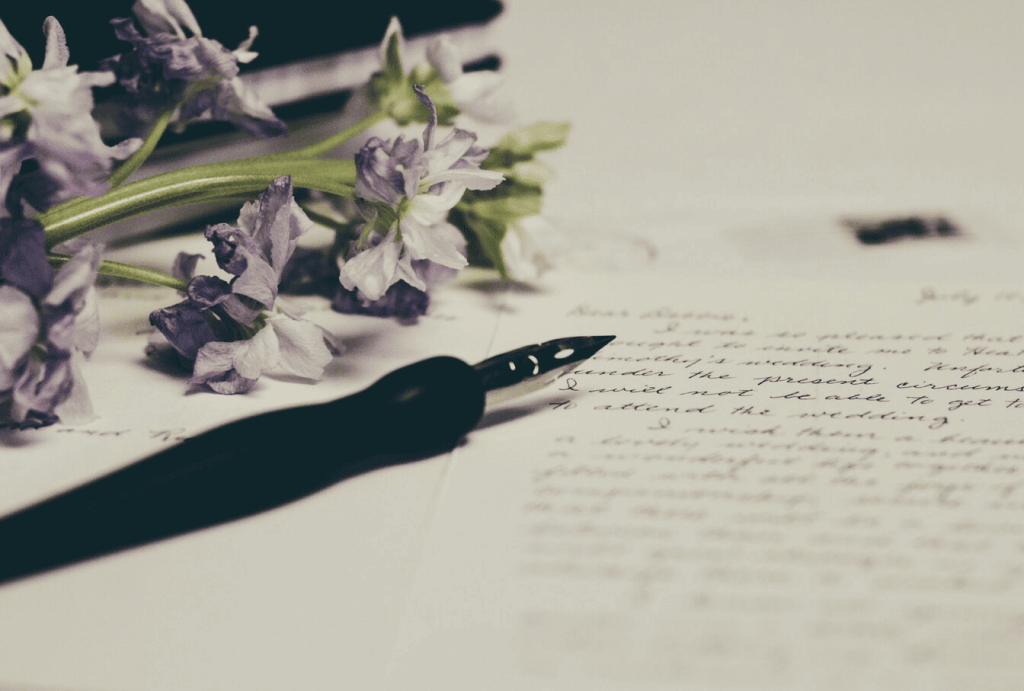


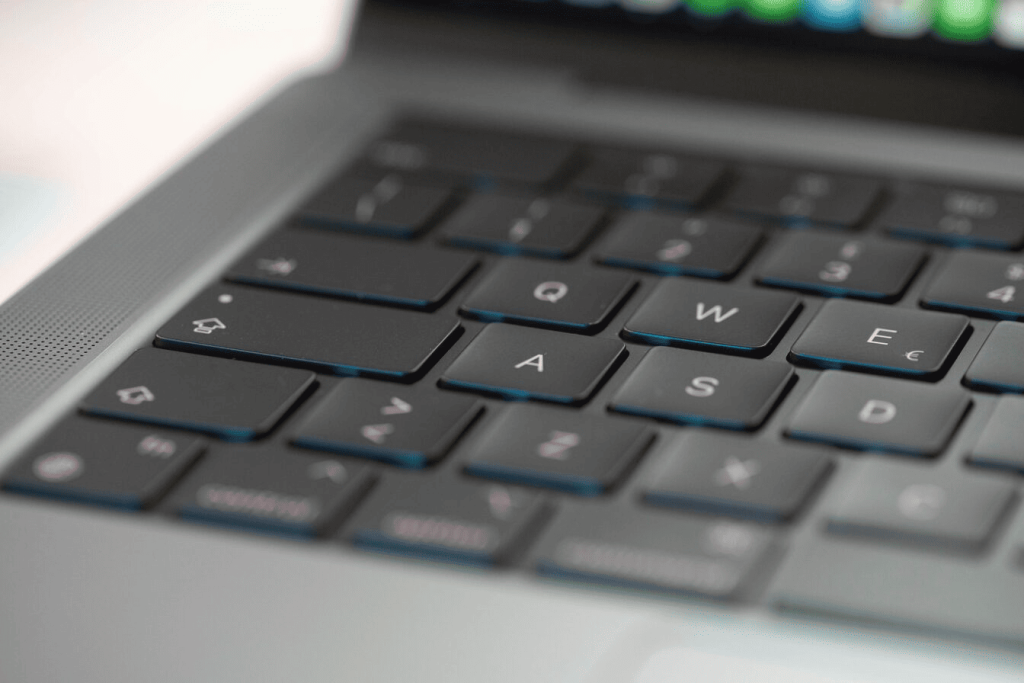

 AI
Plagiarism Checker
AI
Plagiarism Checker
 AI
Content Detection Remover
AI
Content Detection Remover
